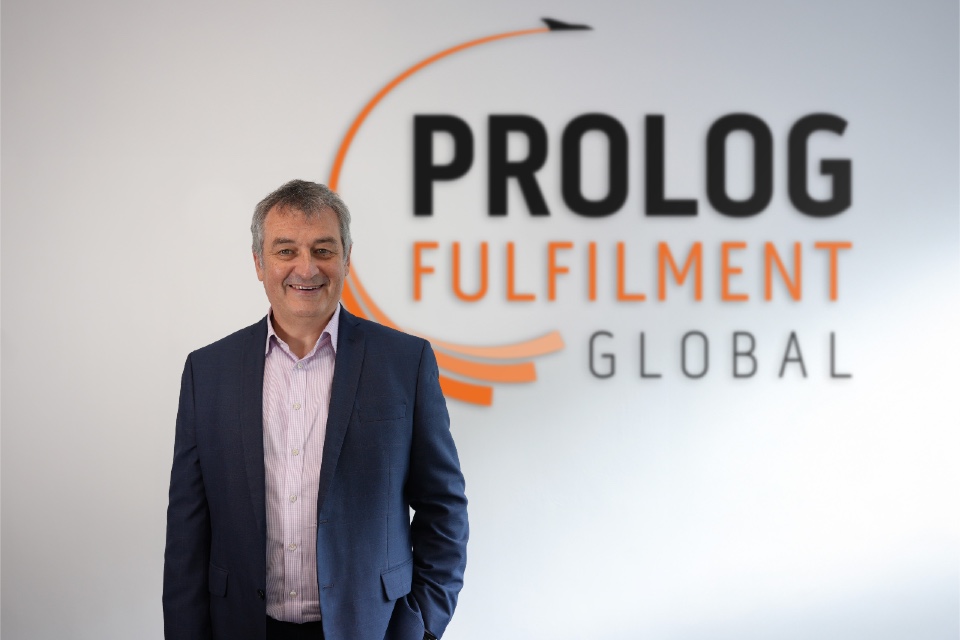By Nick Hoare (pictured), Director & Co-Founder at Prolog Fulfilment
There has been much talk recently about the UK’s new Extended Producer Responsibility (EPR) regulations and how they will affect businesses operating in the UK, and beyond. Rolled out in stages since 2023, the framework shifts the financial and operational responsibility for household packaging waste away from taxpayers, and onto the businesses that place packaging on the market.
From 2025, UK producers (including importers, suppliers, and packers) are required to cover the full costs of waste management, from collection and sorting through to recycling. The aim is clear, to drive a more circular economy by encouraging sustainable design, reducing unnecessary waste, and boosting recycling rates.
But while the headlines often focus on sustainability, the real story for businesses is the sheer complexity of compliance. EPR goes far beyond traditional reporting. Companies must now capture and disclose detailed data on packaging type, material, format, function, and recyclability – raising the stakes for accuracy and accountability.
What’s actually changed under EPR?
The regulations apply to all ‘obligated businesses’ – UK-based organisations with annual turnover above £1 million and handling more than 25 tonnes of packaging per year.
- Large Producers (turnover over £2m and >50 tonnes) must report data twice yearly (by 1 April and 1 October). From October 2025, they will also begin paying disposal fees, which from 2026 will be ‘modulated’ depending on how recyclable their packaging is – green (widely recyclable), amber (recyclable with infrastructure), or red (hard-to-recycle).
- Small Producers (turnover £1m–£2m and 25–50 tonnes) must report annually, though they are exempt from disposal fees.
From the start of this year, businesses must obtain Packaging Waste Recycling Notes (PRNs) or Packaging Waste Export Recycling Notes (PERNs) to prove that recycling obligations are being met. In practice, this means companies are now directly responsible for the end-of-life management of their packaging.
How EPR Impacts the Fulfilment Industry
For fulfilment companies, the implications are significant. Businesses in this sector may be classified as ‘producers’ if they supply packaging under their own brand, pack or fill on behalf of clients, import packaged goods, or operate online marketplaces. This means fulfilment providers will need robust systems to capture and report detailed packaging data, covering primary, secondary, and tertiary packaging. Financial implications are unavoidable too, with costs ranging from registration and PRNs/PERNs to waste management charges and higher fees for difficult-to-recycle materials. At the same time, these pressures create opportunities. EPR rewards businesses that embrace sustainable packaging, and fulfilment companies can play a leading role in helping clients adapt.
The Prolog Approach
At Prolog Fulfilment, we see EPR as more than a compliance exercise, it’s a turning point for the industry. The Financial Times has estimated that EPR could cost UK retailers up to £2 billion in its first year alone, with major chains anticipating tens of millions in additional annual costs. Against that backdrop, the right strategy can make all the difference.
We’re already working with clients to develop EPR-ready solutions. This includes building accurate packaging data capture systems; advising on packaging optimisation to minimise liability; ensuring compliance with evolving UK regulations and supporting smarter material choices, such as recyclable mono-materials and right-sized packaging. By combining compliance with innovation, we aim to help clients reduce costs, protect margins, and strengthen their sustainability credentials.
Conclusion
EPR is not just about meeting regulatory obligations, it’s about making smarter, more sustainable business decisions. For fulfilment companies and their clients, the challenge is to view compliance as an opportunity – to cut costs in the long term, to build stronger brand reputations, and to align with customer expectations of environmental responsibility.






